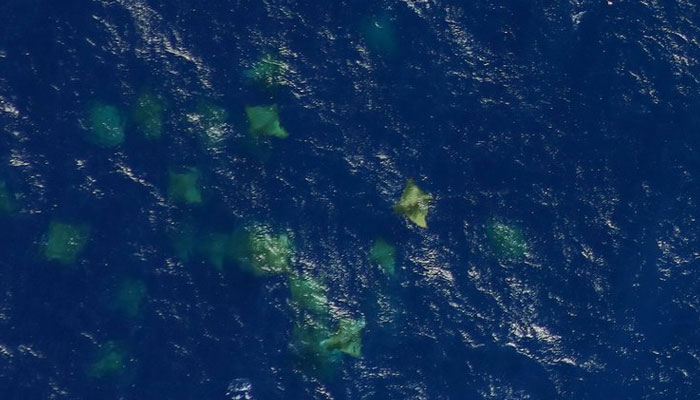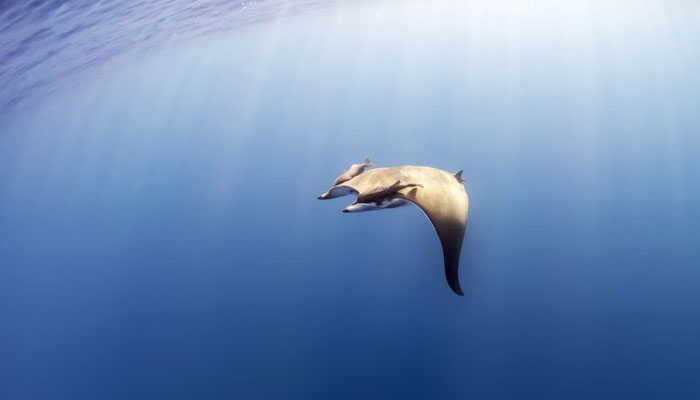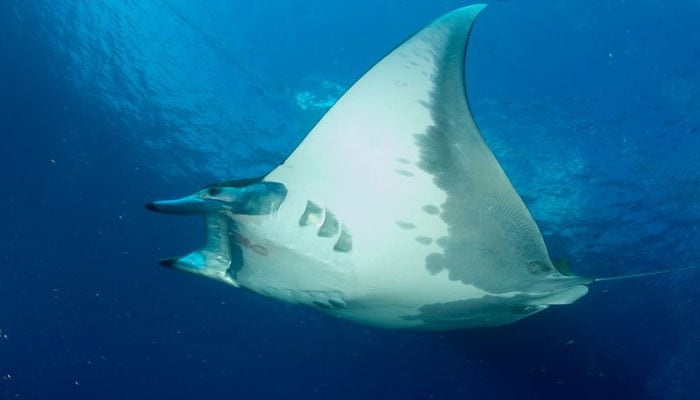
In a rare sighting, one of the deepest-diving ocean creatures, which can comfortably swim and hunt at a depth of 6,000 feet, was caught on camera off the East Coast of the US, researchers said.
The Sicklefin devil ray, an endangered species, is huge in size and can grow up to 12 feet wide, according to a study published in the Journal of the Marine Biological Association of the United Kingdom.
The rays live in the pockets of the seas all around the world but they have never been documented near the US.

In order to correct their data, the researchers at Marine Megafauna Foundation complied with the sightings of the rays from a number of sources, including scuba divers, aerial surveyors and social media sites.
Jessica Pate, a research scientist with the Marine Megafauna Foundation, said in a news release that “one sighting even involved a video of a devil ray accidentally swimming into a commercial saturation diver’s airline in the darkness!”
Researchers concluded that “180 sightings and 361 individual Sicklefin devil rays [which were] gathered between 1996 and 2022 in the waters off the US east coast and the Gulf of Mexico.”

Their findings enlarge the recognized range of the rays to include the Atlantic and the Gulf of Mexico.
Pate said: “People often don’t know that these rays exist — they’ve sometimes been confused with manta rays, which are even more gigantic,” adding that this study shows how “non-scientists often make really important observations and contribute to the conservation of endangered species.”
The researchers noted that having the latest information on the rays’ habitat is crucial for understanding risks posed by fisheries.
In a report published in 2019, the rays fish is listed as endangered by the International Union for Conservation of Nature (IUCN), however, it is hard to confirm that but it seems their population is declining.
These fish usually found in India, and Indonesia are often caught inadvertently as part of bycatches, according to the report.
According to the report, while little is known about their biology, it is believed that they only reproduce one offspring every few years, meaning they likely require ample time to replenish their populations.
Pate noted: “This study highlights how incidental observations and observer data can provide vital knowledge on rare, vulnerable, and difficult-to-study species.”

